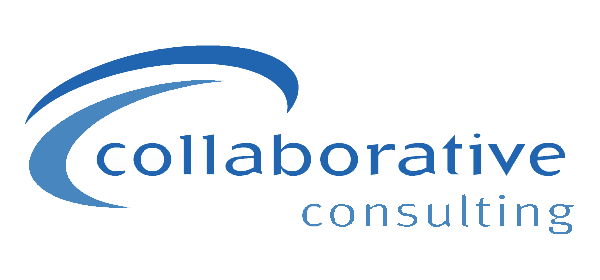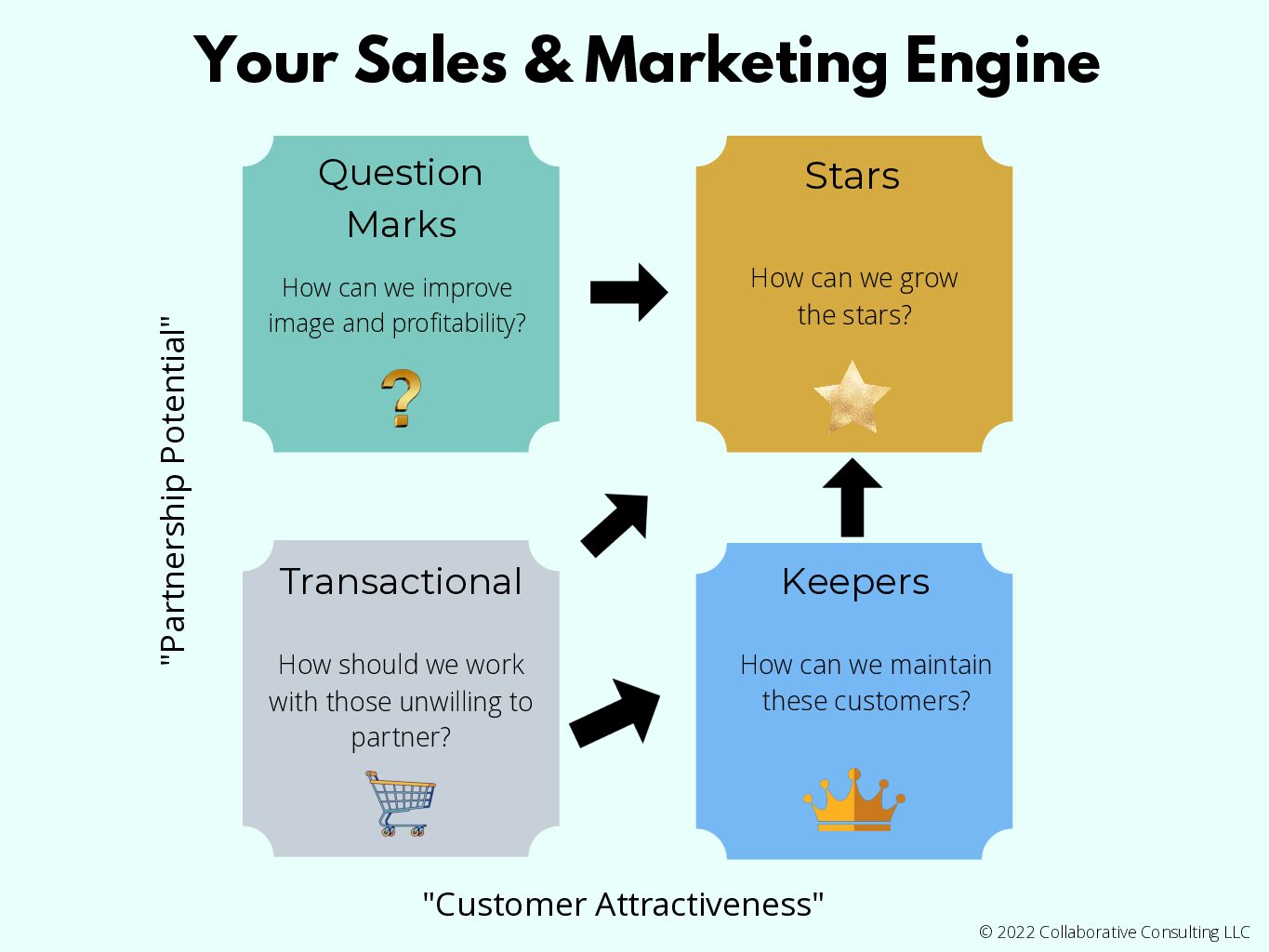Leading a Step Change in Growth: Creating Your Sales and Marketing Growth Engine
 In our first post, we explored the first key lever, Build and Cascade a Bold Growth Strategy and Plan to Own Specific Market Segments. In this second key lever we are highlighting the importance of creating a proactive sales and marketing organization.
In our first post, we explored the first key lever, Build and Cascade a Bold Growth Strategy and Plan to Own Specific Market Segments. In this second key lever we are highlighting the importance of creating a proactive sales and marketing organization.
So, why create a proactive sales and marketing organization? It all comes down to being capable of targeting customers and selling and marketing your company’s differences to earn customer loyalty. Being proactive in prioritizing customers is critical to success. The goal is to decide which customers and segments of customers are highest priority and which are lowest. We all unfortunately know many examples of companies who try to be all things to all people and have eventually gone out of business.
Crafting proactive marketing and selling strategies for each customer target/segment group is also a critical success factor. When done well this work takes time and the right resources. Reaching the highest ROI target audiences takes building compelling sales and marketing messages with execution of effective targeted campaigns.
Below we present 7 key steps to creating a “proactive” sales and marketing engine to drive growth in specific market segments. Please look at this as a check list as you evaluate your organization today.
7 Key Steps to Create a Proactive Sales and Marketing Engine
1. Migrate From 100% Relationship Selling to Proactively Sell and Market Your Value in Key Market Segments.
This entails shifting mindsets from the top of the organization to your customer facing teams, to relentlessly focus on how your products, services and solutions drive value to your end customers.
2. Document the Ideal Customer Profile for Each Market Segment.
Here one shifts mindsets to focus on working with customers that will benefit from your key differentiators, and that will pay for the value received.
3. Segment and Prioritize Customers. Reallocate Selling Resources to Focus on Growth and Partnership.
This is the biggest key success factor for ultimately creating an effective sales and marketing organization. This allows leaders to allocate and re-allocate resources to the most impactful types of customers. The best practice is to understand your selling and marketing strategy for each type of customer segment. We will talk about this later in the post.
4. Sell and Market Value, not Price. Teach Your Selling Team to Sell Consultatively and not to Lead With Price.
Sellers need to be trained to consultatively work with prospects to sell your key differentiators. Typically, sellers will benefit from role play and frameworks to help capture and re-enforce these differentiators.
5. Set goals by segment and implement the right incentives to drive new customer growth and share of wallet growth.
Changing behavior requires the right incentives and motivators. Incentives should be focused or re-focused on new customer acquisition and share of wallet growth for existing customers.
6. Select the right leader to lead the charge and drive accountability for results – every selling position is precious.
It is critical to have a leader that both sets ambitious but realistic goals, and also holds sellers accountable for these goals. Many times, organizations set clear goals, but do not have any consequences for sellers who do not meet their goals.
7. Implement the right CRM system to help you manage change and drive transparency.
Tracking performance to goals at the company, market segment, seller and customer level is critical. Your CRM system should provide dashboards that quickly allow you to see goals versus actual on a monthly, quarterly and annual basis at all of these levels.
Pinpointing Areas of Growth and Profitability Through Customer Segmentation
Why is customer segmentation important? Customer segmentation allows leaders to understand and pinpoint customers that are the most profitable and provide the most growth potential. It also helps leaders understand and give direction to their team as to how they should be allocating their time and resources. In the end, resources are limited, and we have to make choices. How we allocate our assets can determine profitability and growth.
By asking the right questions, you can pinpoint customers for growth and profitability! This allows you to reallocate sales and marketing resources to grow. Who are your stars today? How dependent are you on top customers?
Please Share & We Are Here If You Need Us
In closing, being proactive versus reactive in growing your stars and keepers is an important factor on your path towards growth. Thank you for reading, and we encourage you to reach out and let us know how you are doing at creating a solid marketing and sales engine. Our next post will focus on Upscaling Talent for creating a step change in growth – growth mindset is key.
All my best,
Julie LaNasa
Founder – Collaborative Consulting
Previous posts in the Leading a Step Change in Growth series:





